My friend Arlene recently posted an article she wrote about mandating that 50% of Congress should be women. I don’t normally comment too much politically, but in this case I was inspired to express my opinion and vent some of my growing frustration with the priorities that are being set by our representatives in government. Priorities that I see as highly misguided. So, what would be my priorities? Here is my comment to her post:
——————
In my opinion, It is the large corporations that hold the purse strings to choose who gets funded to run for political office and it is the media that feeds the populace with who to vote for. I’ve read that the fastest growing religion in the U.S. is Muslim and that religion has a history of not being pro woman as far as I can tell. There seems to be a bias towards money and power, not fairness.That coupled with the dumbing down of the population and the results speak for themselves.
Mandating women is an idea, but there are plenty of examples that women can be as corrupted as men. Perhaps mandating superior state-of-the-art education with a return to massive support for the arts is the answer. Don’t we need smart people, especially women, to solve the growing complexities of the world? If we rise up for better education for all children and enrich the culture with massive support for the arts, wouldn’t that make a more effective difference? What if the highest paid in a society were teachers and artists? Isn’t it these people that make all things possible?
In my opinion, we need the best and brightest to lead, not the person with the right skin color or gender. Those that believe affirmative action has been a success ignore that a disproportionate number of people with a darker skin color are sent to jail in growing numbers, they ignore the disintegration of a stable two parent family, they ignore growing poverty for people with darker skin color, they ignore the highest dropout rate and highest unemployment and on and on in favor of putting all of their emphasis on numbers.
Instead of affirmative action, how about affirmative education from the highest paid most qualified and capable teachers who inspire learning and seeking knowledge in all areas of endeavor? What would happen if we would foster creativity and understanding through massive support of the arts? In the end, I don’t believe that mandates achieve fairness and opportunity – I believe it is education and the expansion of creativity and understanding through artistic expression.
Our ever expanding culture of pornography, violence, conflict, addiction – these are the things that our society supports through the culture of motion pictures and music. What are the most popular TV shows, musicians, actors? It would seem we have not grown as a society to question views on mental illness. We prefer to blame inanimate objects as the cause: guns. But logic tells me that a mentally ill person can get their hands on a bomb, a cross bow, chemical weapons, fire – why focus on guns over a focus on mental illness? Perhaps we are to stupid to focus on the problem of mental illness and the problem of lack of education and the problem of enriching cultural activities through the support of artistic expression and creativity. It is easy to simply blame a gun.Get rid of all the guns and problem fixed. Right? That would also eliminate mental illness wouldn’t it?
No, our priorities are to spend the country’s treasure growing more corn. Spend the country’s treasure buying high tech equipment for the military, spend the country’s treasure funding dictator controlled countries. Let’s spend the country’s treasure having a military presence in Germany and Japan. Let’s spend over a trillion on Iraq and Iran. Let’s ignore fraud and continue to send money to criminals. Let’s spend the country’s treasure propping up corporations so executives can take multi million dollar bonuses. Let’s borrow trillions of dollars so we can pay interest to China. Let’s spend the country’s treasure to spy on it’s citizens and to build drones to kill American citizens in foreign countries without due process. Let’s spend the country’s treasure on an insane system of intrusion at airports that only creates the illusion of security. Let’s spend trillions of dollars on rules and regulations that even the writers of those regulations don’t understand and the politicians don’t even read.
So, when you say [Arlene] the country is out of balance and spinning out of control – I would agree with that opinion. But I don’t believe the problems are skin color or gender solvable. I propose education is the great equalizer. Artistic expression and culture norms guide a society. Seeking the best ideas, the most creativity and well thought out solutions might make more sense than mandating skin color or gender. One never knows where talent, genius and beauty might come from. Shouldn’t we be educated enough to recognize those things? Perhaps we could start with the media. What are the most important stories of the day? Is opinion more important than a presentation of facts?
In my opinion we don’t need to be told what to think, we need to acquire the ability to think for ourselves and make thoughtful choices and priorities that make sense.
But what do I know?
Should the above be ignored because I’m not the right skin color or gender? Do you really believe that [Arlene]? If so, I just wasted my time. But at least I made an effort. Most now don’t bother.


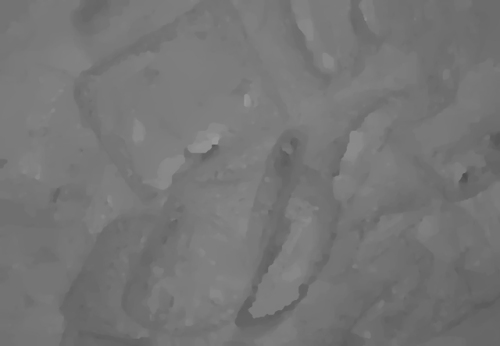

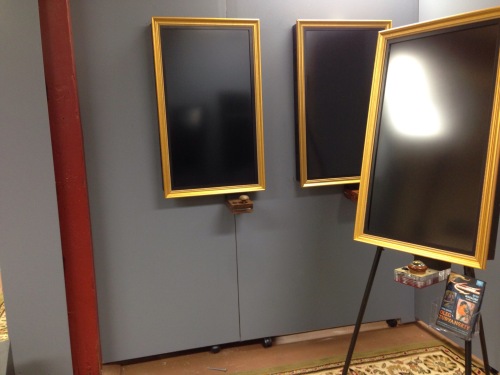
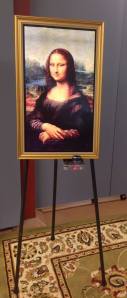
 Two views, while sufficient to create a compelling illusion, do not fully satisfy the confusing foray S3D makes into the blurring of referential imagery and what I call experiential imagery. We are used to seeing multiple perspectives and on being able to converge our eyes and focus on a specific point in space (unless, like this fellow you are crossing your eyes).
Two views, while sufficient to create a compelling illusion, do not fully satisfy the confusing foray S3D makes into the blurring of referential imagery and what I call experiential imagery. We are used to seeing multiple perspectives and on being able to converge our eyes and focus on a specific point in space (unless, like this fellow you are crossing your eyes).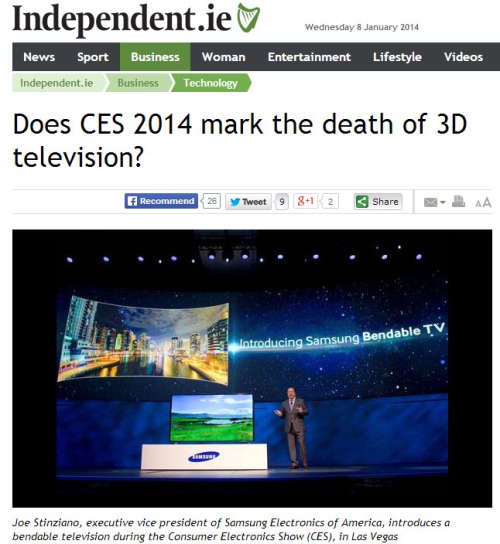
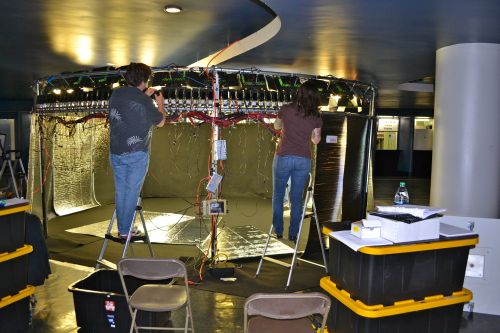



 It would seem that there are many modes to seeing. A few of the modes could be described as experiential, referential, interpretive, imaginative, detail, abstract, conscious and subconscious. And each one of those modes are impacted by the type of illumination and amount of illumination. Indeed, it would seem to me that sound, smell and state of mind equally impact these various modes. Quickly, it becomes obvious that what goes on in the human vision processing system is far more complex than we give it credit for. What we perceive and what we see are two different things that are dependant upon an exponentially large number of random possibilities. Yet, out of what should be confusing xaos that causes us to lose our minds – we make no special effort to see things and process vision in our brains instantly in ways that we don’t even think about. It is simple and automatic. We make all of the transitions effortlessly. When you step back for a second, however, and think about how limited our vision processing system is – only two eyes with limited luminance dynamic range, limited frequency bandwidth, distorted optics and field of view, persistence of vision or amount of individual time slices that can be interpreted independently. All of those limitations don’t occur to us because the brain fills in the blanks and we are ignorant of what we are missing.
It would seem that there are many modes to seeing. A few of the modes could be described as experiential, referential, interpretive, imaginative, detail, abstract, conscious and subconscious. And each one of those modes are impacted by the type of illumination and amount of illumination. Indeed, it would seem to me that sound, smell and state of mind equally impact these various modes. Quickly, it becomes obvious that what goes on in the human vision processing system is far more complex than we give it credit for. What we perceive and what we see are two different things that are dependant upon an exponentially large number of random possibilities. Yet, out of what should be confusing xaos that causes us to lose our minds – we make no special effort to see things and process vision in our brains instantly in ways that we don’t even think about. It is simple and automatic. We make all of the transitions effortlessly. When you step back for a second, however, and think about how limited our vision processing system is – only two eyes with limited luminance dynamic range, limited frequency bandwidth, distorted optics and field of view, persistence of vision or amount of individual time slices that can be interpreted independently. All of those limitations don’t occur to us because the brain fills in the blanks and we are ignorant of what we are missing.
